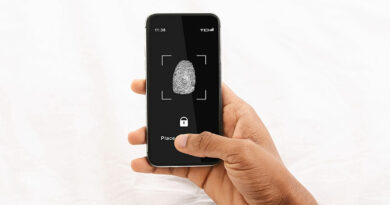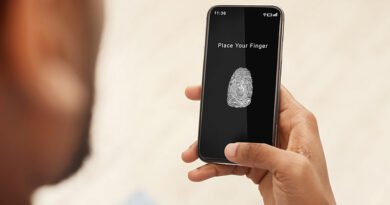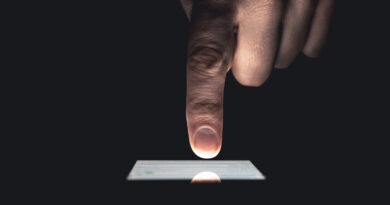How Biometric Technologies Can Ensure Fair and Efficient Delivery of Government Services
What causes the unfair distribution of public service? Is it lack of transparency, efficiency, and accountability in the system? If it is these things, how can we bring it back in order? No doubt, governments around the world are struggling to bring transparency, accountability, and efficiency in the public service, though some are able to conquer the success while others can’t. A simple implementation of cutting-edge technology can change the whole aspect of this problem. A simple deployment can bring transparency, efficiency, and accountability in the system that governments have been trying to establish for many years. If you are wondering how here is the whole description for you:
Technology that Can Ensure Fair Distribution of Government Service
Biometric technology is the answer to this serious problem. A simple implementation of biometric technology can ensure efficiency, transparency, and accountability in government service. Biometric technology uses human unique biometric features to identify an individual. These biometric include fingerprint, finger vein, and iris recognition, which is every unique biometric attribute that remains unchanged throughout the year. This is the most cutting-edge technology and it is nearly impossible to forge, duplicate, or manipulate. So, you can guess the power of this technology. Now, let’s discuss how this technology can ensure transparency, efficiency, and accountability in public service distribution.
Biometric Technology Establishes Transparency in the Delivery of Government Service
Biometric is the unique Id of an individual, and this ID cannot be passed through. So, when biometric is involved in a system for verification or identification, the technology provides accurate data to the authority. With this there will be no chance of faked identity, no chance of creating a fraudulent entry and no possibility of creating double entry in the system. As a result, the system itself becomes transparent.
Biometric Technology Makes Service Delivery Efficient
Think about the conventional process of government service distribution. This includes many cumbersome processes which are lengthy and time-consuming. When services become prolonged, corruption takes entry into the system. Biometric technology takes less than a minute to identify an individual which thus eliminates the legacy system while streamlining the whole process.
Biometric Technology Increases Accountability
Biometric technology cannot be forged; the data that comes from biometric identification is accurate and reliable. No one can say that someone has falsified their information. This accuracy of the data established accountability in the system. The service provider feels accountable since the system leaves no loopholes to falsify. Since the data cannot be manipulated, the service provider is bound to distribute government service equitably.
Real Life Example
The government around the world already started deploying biometric technology in their system. Recently the Scottish government has implemented a biometric authentication technology to provide access to a range of public services. This deployment establishes username- and password free identity proofing and user verification for their online public service platform. Another good example could be the country of Yemen, who deployed biometric technology for accurate voter registration. They were struggling with inaccurate voter registries suffering from the ill effects of duplicate, under-age, and “ghost” voters. Yemen’s Supreme Commission for Elections and Referendum (SCER) was looking for a more efficient voter identification solution to overcome the problems that existed with their current voter registry for their upcoming parliamentary and local elections. They deployed TrueVoter, a biometric voter registration system from M2SYS, to help reduce the number of electoral disputes and to boost the public confidence in Yemen’s democratic institute. After deploying such cutting-edge biometric technology, they successfully prevent duplicate voter registration from their list. To know more, read the full case study: Yemen’s Biometric Voter Registration Project
So, are you ready to bring transparency, accountability, and efficiency in the government service distribution with the help of biometric technology?












I’m looking for a system for my parks and recreation community center that will allow us to check-in and track daily visitors. To purchase a daily visit pass or view our facility before joining, we want to capture a picture and fingerprint. Average usage would be less than 100 people per day. Please let me know what additional hardware would I need?